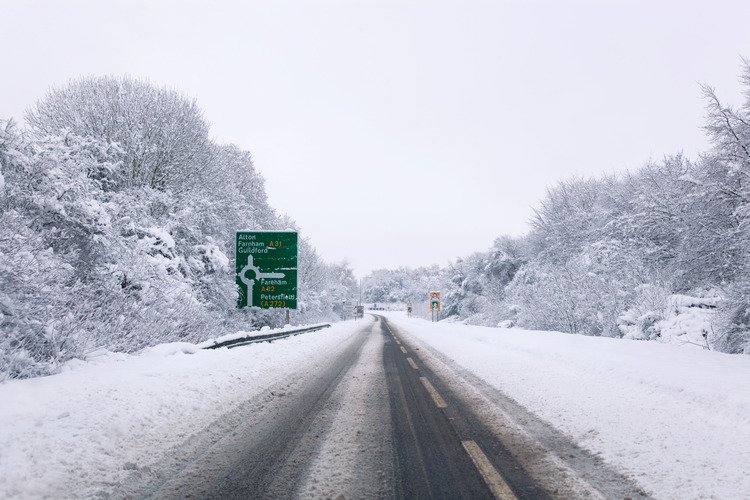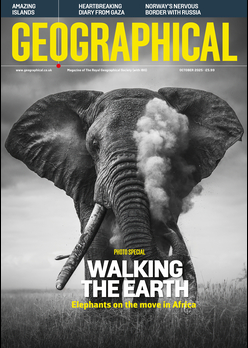
Learn more about polar vortex collapse – the weather phenomenon likely to cause cold snap across much of UK in coming weeks
By
The term ‘polar vortex’ has made headlines in the last few days, with many meteorologists forecasting plummeting temperatures in mid-March and early April in the UK due to the weather phenomenon. But what exactly is this ominous-sounding weather event – and where else has it hit before?
Breaking down the polar vortex
A polar vortex describes a band of winds in the stratosphere – the second-lowest layer of the Earth’s atmosphere – that move from west to east. They are located around 16-48 kilometres above the poles of the Earth, weakening in summer and strengthening in winter, and enclose a large pool of very cold air.
Enjoying this article? Check out our related reads:
Polar vortexes get their name from how they flow air; moving in a counter-clockwise motion which keeps cold air near the poles.
However, sometimes a polar vortex can be disrupted, weakening or even collapsing. When this occurs, winds begin to flow in the opposite direction, causing a ‘sudden stratospheric warming’. As a result, stratosphere temperatures then begin to rise rapidly, reaching up to 50C in just several days. Although temperatures are high in the stratosphere, we don’t feel such warmth back on Earth in the troposphere. In a nutshell, it’s the knock-on effects from this warming which eventually impact the jet stream, and in turn alter our weather patterns (leading to cold spells).
It’s important to note that not all sudden stratospheric warming events lead to severe weather – in reality, around 70 per cent of incidences end up in cold and frigid weather. But when they do strike, they can be significant.
Where does a polar vortex hit?
Although the UK is the latest nation likely to be hit by the effects of an incoming polar vortex collapse, many other areas across the world have experienced cold surges from the weather phenomenon, such as portions of Europe and Asia.
Already, a polar vortex collapse has occurred in 2025. Earlier this month, the US experienced one following a sudden stratospheric warming event, bringing major storms, snow and freezing temperatures. The country is no stranger to these events; previously, it has seen major polar vortex collapses in1977, 1982, 1985, 1989 and 2014.
Back in 2019, the US Midwest was severely impacted by a polar vortex collapse, leading to wind chills as low as -45.5C in North Dakota and Minnesota and -48C in parts of northern Illinois. The cold snap killed at least eight people, cancelled thousands of flights and disrupted major transport links in the country.
Are they getting worse?
It’s difficult for researchers to say. There aren’t very long records of stratospheric observations – data only extends back to around the 1950s – making it hard to ascertain natural variability versus actual changes, for example due to climate change or global warming.
Some studies point to the conclusion that continued warming across the world will lead to a weakening of the polar vortex. Others predict that sea ice loss and warming will lead to a stronger polar vortex. In short, that makes some experts hesitant to rule any hypothesis out, and only future research combined with continual data observations will help to clarify this.




